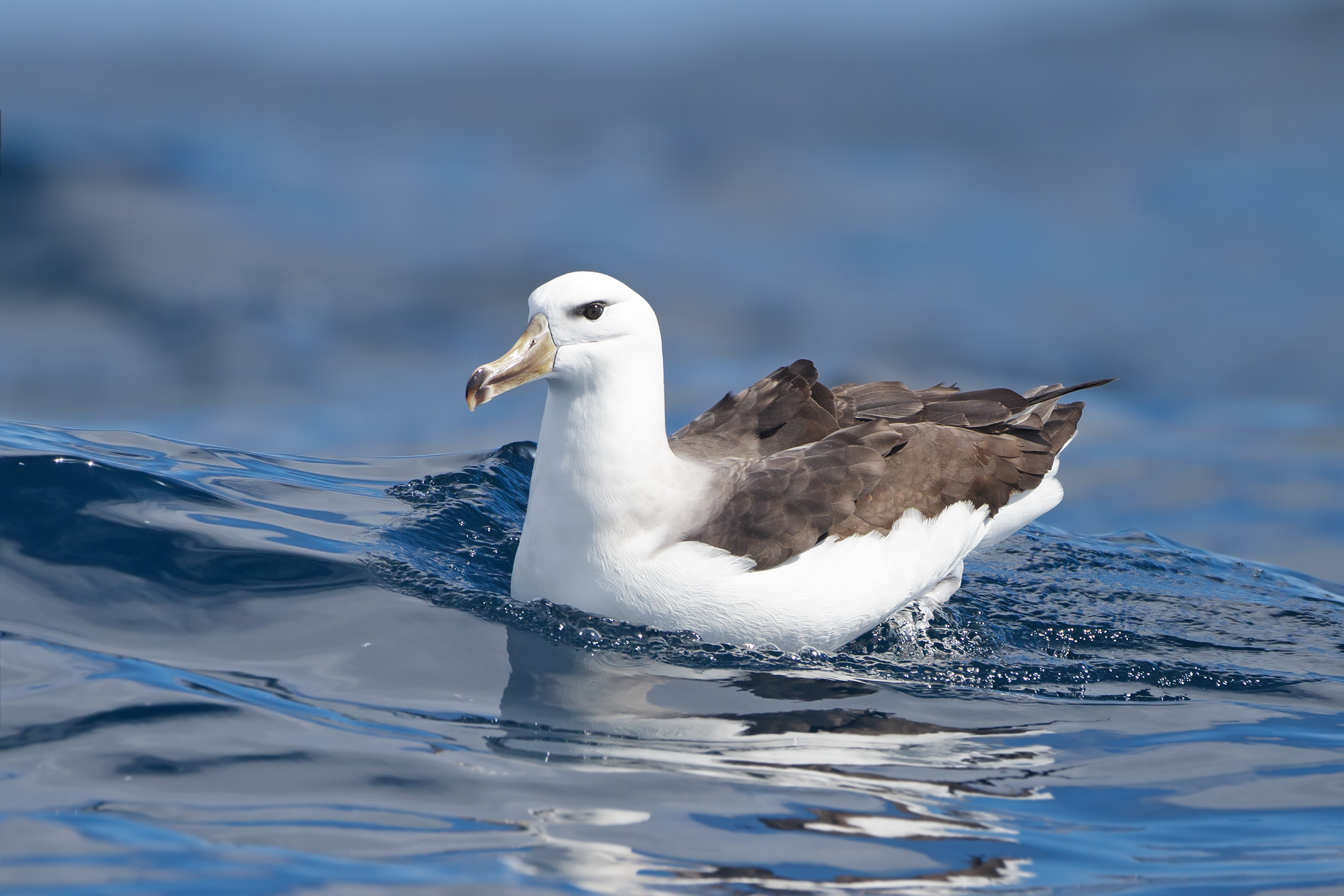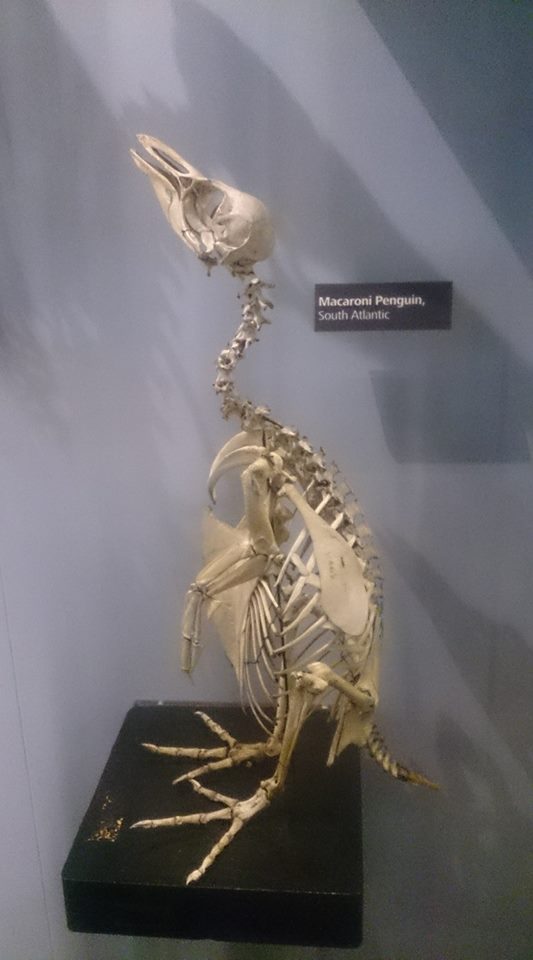|
Cooper Bay
Cooper Island is a small island, long, which lies at the north side of the entrance to Drygalski Fjord, off the southeast end of South Georgia. It was discovered by a British expedition under James Cook in 1775, and named for Lieutenant Robert Palliser Cooper, an officer aboard HMS ''Resolution''. A navigable channel, Cooper Sound, nearly wide, separates Cooper Island from the coast of the main island of South Georgia. There is a small bay, Known as Cooper Bay, southwest of Cape Vahsel on the mainland, and northwest of Cooper Island, indenting the southeast end of South Georgia, which derives its name from Cooper Island. The island reaches at its highest point, and the upper parts of the island are above the snow line. Wildlife As one of a handful of rat-free islands, Cooper Island is South Georgia's only Special Protection Area, it has large numbers of sea birds including snow petrels, Antarctic prions, 12,000 pairs of black-browed albatross, chinstrap penguins and ... [...More Info...] [...Related Items...] OR: [Wikipedia] [Google] [Baidu] |
South Georgia Island
South Georgia ( es, Isla San Pedro) is an island in the South Atlantic Ocean that is part of the British Overseas Territory of South Georgia and the South Sandwich Islands. It lies around east of the Falkland Islands. Stretching in the east–west direction, South Georgia is around long and has a maximum width of . The terrain is mountainous, with the central ridge rising to at Mount Paget. The northern coast is indented with numerous bays and fjords, serving as good harbours. Discovered by Europeans in 1675, South Georgia had no indigenous population due to its harsh climate and remoteness. Captain James Cook in made the first landing, survey and mapping of the island, and on 17 January 1775 he claimed it a British possession, naming it "Isle of Georgia" after King George III. Through its history, it served as a whaling and seal hunting base, with intermittent population scattered in several whaling bases, the most important historically being Grytviken. The main settleme ... [...More Info...] [...Related Items...] OR: [Wikipedia] [Google] [Baidu] |
Black-browed Albatross
The black-browed albatross (''Thalassarche melanophris''), also known as the black-browed mollymawk,Robertson, C. J. R. (2003) is a large seabird of the albatross family Diomedeidae; it is the most widespread and common member of its family. Taxonomy Mollymawks are albatrosses in the family Diomedeidae and order Procellariiformes, which also includes shearwaters, fulmars, storm petrels, and diving petrels. These birds share certain identifying features. They have nasal passages that attach to the upper bill called naricorns, although the nostrils on the albatross are on the sides of the bill. The bills of Procellariiformes are also unique in that they are split into between seven and nine horny plates. They produce a stomach oil made up of wax esters and triglycerides that is stored in the proventriculus. This is used against predators as well as being an energy-rich food source for chicks and also for the adults during their long flights. The albatross also has a salt gland a ... [...More Info...] [...Related Items...] OR: [Wikipedia] [Google] [Baidu] |
Scientific Committee On Antarctic Research
The Scientific Committee on Antarctic Research (SCAR) is an interdisciplinary body of the International Science Council (ISC). SCAR coordinates international scientific research efforts in Antarctica, including the Southern Ocean. SCAR's scientific work is administered through several discipline-themed ''science groups''. The organisation has observer status at, and provides independent advice to Antarctic Treaty Consultative Meetings, and also provides information to other international bodies such as the Intergovernmental Panel on Climate Change (IPCC) and the United Nations Framework Convention on Climate Change (UNFCCC). History At the International Council of Scientific Unions (ICSU)’s Antarctic meeting held in Stockholm from 9–11 September 1957, it was agreed that a committee should be created to oversee scientific research in Antarctica. At the time there were 12 nations actively conducting Antarctic research and they were each invited to nominate one delegate to ... [...More Info...] [...Related Items...] OR: [Wikipedia] [Google] [Baidu] |
History Of South Georgia And The South Sandwich Islands
The history of South Georgia and the South Sandwich Islands is relatively recent. When European explorers discovered the islands, they were uninhabited, and their hostile climate, mountainous terrain, and remoteness made subsequent settlement difficult. Due to these conditions, human activity in the islands has largely consisted of sealing, whaling, and scientific surveys and research, interrupted by World War II and the Falklands War. 17th to 19th century The South Atlantic island of South Georgia, situated south of the Antarctic Convergence, was the first Antarctic territory to be discovered.A concise 1982 version of the book It was first visited in 1675 by Antoine de la Roché, an English merchant born in London to a French father.L. Ivanov and N. Ivanova. Roché Island / South Georgia. In''The World of Antarctica''.Generis Publishing, 2022. pp. 68–70. He left Hamburg in 1674 as a passenger on a 350-ton vessel bound for Peru. During the return journey, it was en r ... [...More Info...] [...Related Items...] OR: [Wikipedia] [Google] [Baidu] |
Composite Antarctic Gazetteer
The Composite Gazetteer of Antarctica (CGA) of the Scientific Committee on Antarctic Research (SCAR) is the authoritative international gazetteer containing all Antarctic toponyms published in national gazetteers, plus basic information about those names and the relevant geographical features. The Gazetteer includes also parts of the International Hydrographic Organization (IHO) General Bathymetric Chart of the Oceans (GEBCO) gazetteer for under-sea features situated south of 60° south latitude. , the overall content of the CGA amounts to 37,893 geographic names for 19,803 features including some 500 features with two or more entirely different names, contributed by the following sources: {, class="wikitable sortable" ! Country ! Names , - , United States , 13,192 , - , United Kingdom , 5,040 , - , Russia , 4,808 , - , New Zealand , 2,597 , - , Australia , 2,551 , - , Argentina , 2,545 , - , Chile , 1,866 , - , Norway , 1,706 , - , Bulgaria , 1,450 , - , G ... [...More Info...] [...Related Items...] OR: [Wikipedia] [Google] [Baidu] |
Tussock Grass
Tussock grasses or bunch grasses are a group of grass species in the family Poaceae. They usually grow as singular plants in clumps, tufts, hummocks, or bunches, rather than forming a sod or lawn, in meadows, grasslands, and prairies. As perennial plants, most species live more than one season. Tussock grasses are often found as forage in pastures and ornamental grasses in gardens. Many species have long roots that may reach or more into the soil, which can aid slope stabilization, erosion control, and soil porosity for precipitation absorption. Also, their roots can reach moisture more deeply than other grasses and annual plants during seasonal or climatic droughts. The plants provide habitat and food for insects (including Lepidoptera), birds, small animals and larger herbivores, and support beneficial soil mycorrhiza. The leaves supply material, such as for basket weaving, for indigenous peoples and contemporary artists. Tussock and bunch grasses occur in almost any habitat w ... [...More Info...] [...Related Items...] OR: [Wikipedia] [Google] [Baidu] |
Fur Seal
Fur seals are any of nine species of pinnipeds belonging to the subfamily Arctocephalinae in the family '' Otariidae''. They are much more closely related to sea lions than true seals, and share with them external ears (pinnae), relatively long and muscular foreflippers, and the ability to walk on all fours. They are marked by their dense underfur, which made them a long-time object of commercial hunting. Eight species belong to the genus '' Arctocephalus'' and are found primarily in the Southern Hemisphere, while a ninth species also sometimes called fur seal, the Northern fur seal (''Callorhinus ursinus''), belongs to a different genus and inhabits the North Pacific. The fur seals in ''Arctocephalus'' are more closely related to sea lions than they are to the Northern fur seal, but all three groups are more closely related to each other than they are to true seals. Taxonomy Fur seals and sea lions make up the family Otariidae. Along with the Phocidae and Odobodenidae, otta ... [...More Info...] [...Related Items...] OR: [Wikipedia] [Google] [Baidu] |
Macaroni Penguin
The macaroni penguin (''Eudyptes chrysolophus'') is a species of penguin found from the Subantarctic to the Antarctic Peninsula. One of six species of crested penguin, it is very closely related to the royal penguin, and some authorities consider the two to be a single species. It bears a distinctive yellow crest, and the face and upperparts are black and sharply delineated from the white underparts. Adults weigh on average and are in length. The male and female are similar in appearance; the male is slightly larger and stronger with a relatively larger bill. Like all penguins, it is flightless, with a streamlined body and wings stiffened and flattened into flippers for a marine lifestyle.It has a small eye and is good at seeing. Its diet consists of a variety of crustaceans, mainly krill, as well as small fish and cephalopods; the species consumes more marine life annually than any other species of seabird. These birds moult once a year, spending about three to four weeks asho ... [...More Info...] [...Related Items...] OR: [Wikipedia] [Google] [Baidu] |
Antarctic Prion
The Antarctic prion (''Pachyptila desolata'') also known as the dove prion, or totorore in Māori, is the largest of the prions, a genus of small petrels of the Southern Ocean. Taxonomy The Antarctic prion was formally described in 1789 by the German naturalist Johann Friedrich Gmelin in his revised and expanded edition of Carl Linnaeus's ''Systema Naturae''. He placed it with the other petrels in the genus ''Procellaria'' and coined the binomial name ''Procellaria desolata''. Gmelin based his description on the "brown-banded petrel" that had been described in 1785 by the English ornithologist John Latham from a specimen supplied by the naturalist Joseph Banks that had been collected on the "Isle of Desolation", now the Kerguelen Islands. The Antarctic prion is now one of seven prions placed in the genus ''Pachyptila'' that was introduced in 1811 by the German zoologist Johann Karl Wilhelm Illiger. The genus name combines the Ancient Greek ''pakhus '' meaning "dense" or "thick ... [...More Info...] [...Related Items...] OR: [Wikipedia] [Google] [Baidu] |
Drygalski Fjord
Drygalski Fjord is a bay wide which recedes northwestwards , entered immediately north of Nattriss Head along the southeast coast of South Georgia. It was charted by the Second German Antarctic Expedition, 1911–12, under Wilhelm Filchner, and named for Professor Erich von Drygalski, the leader of the First German Antarctica Expedition, 1901–03. According to L. Harrison Matthews, Drygalski Fjord might have been the place where Anthony de la Roché spent two weeks during his stay in the island in April 1675. Named locations Nattriss Head, a small but prominent rock headland, marks the south side of the entrance to Drygalski Fjord. Like the fjord, it was charted by Filchner's expedition. It was originally named Nattriss Point for E.A. Nattriss, shipping officer to the Discovery Committee, following survey by Discovery Investigations personnel in 1927. It was later renamed Nattriss Head to avoid confusion with Nattriss Point on Saunders Island in the South Sandwich Islands. ... [...More Info...] [...Related Items...] OR: [Wikipedia] [Google] [Baidu] |
.jpg)







